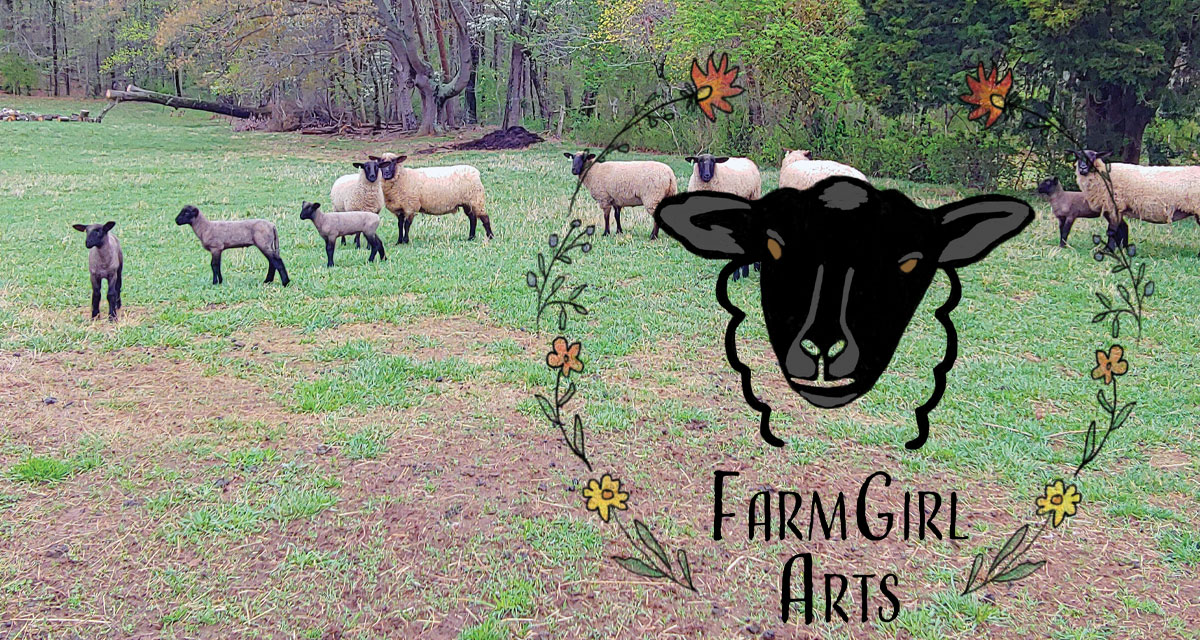The open forum of a marketplace provides a refreshing getaway from shopping aisles. Each venue offers a unique setting that may include activities for children, live entertainment and an array of foods. The curious shopper discovers she has direct access to fresh and locally grown fruits, herbs, flowers and vegetables, dairy-based products, proteins, homemade goodies and artisan-based, handmade crafts. The welcoming man, woman or couple behind the table provides a small sampling of popular items. Whether you are a first-timer or repeat customer, take the time to introduce yourself, ask questions and inquire if owners receive visitors, offer a produce box or have a farm store. The answer may be “yes” or “it’s coming soon!”
Cobblestone Market
Moving next door to 1007 South Marshall Street in Winston-Salem is just one phase toward the permanent vision of Cobblestone Farmer’s Market. The historical aspect of the marketplace well-suits the location of Old Salem, continuing the tradition of welcoming the town and travelers to buy homegrown, handmade or homemade quality goods and products from more than 35 farmers, growers and local artisans. Between the Saturday hours of 9:30 AM to noon, shoppers have the opportunity to meet the vendors or order in advance, scheduling a pick-up by 10:00 AM. The timing is perfect to meet Laura Frazier of FarmGirl Arts, a vendor who sells homegrown, hand-dyed sheep wool skeins, socks and hats!
Discovering a Purpose
Laura Frazier is foremost an artist. While exploring how to use her father-in-law’s Suffolk sheep wool, in 2008, she visited a fiber farmer in Asheville who raised alpacas and adorable black and white Jacob sheep. The experience posed a question that initiated her journey into a new artistic venture – needle felting. Upon learning that many shepherds discard each fleece weighing between four to six pounds due to its minimal market value, Laura sought to find a purpose for the renewable resource. Laura shares, “I have learned a tremendous amount since I first started. For instance, each sheep breed has unique fiber characteristics. Some wool is finer and smoother, ideal for wet felting, while others like Suffolk sheep wool are naturally shrink-resistant with elasticity and loft, perfect for needle felting and knitted socks and hats! Working with wool and producing socks combines spirituality, ecology and art in my life which is very fulfilling.”
Traveling
The process begins with relationships. “It’s a real honor and privilege to meet the shepherds and their families from whom I buy additional Suffolk sheep wool and to experience the extraordinary landscapes from six shepherds spanning from Virginia to North Carolina,” shares Frazier. “On the farms, the shearers deftly remove the soft and fluffy wool, and I select the best quality fleeces for socks and hats. After removing debris, poop and short fibers, hundreds of pounds of wool are sent to a mill in Michigan, where it is spun into yarn or carded into fluffy batts for needle felting. The yarn is then shipped to Minnesota, where it is knit into elegant, long-wearing crew socks on antique machines.”
The Art of Hand Dying
Inspiration arrives when passionate spinners, weavers, quilters and knitters gather to discuss their successful strategies and techniques, whether through social media, at a local group or attending North Carolina’s fiber fairs and festivals. “These friendships are really important; the connections, whether weekly, monthly or annually, keep me inspired,” Laura shares. “It’s how I got started with natural dyes. We all brought a pot of something to dip our yarns into, experiment and exchange ideas about specific plants and herbs. I prefer small-batch dying. Like the farmers’ trade, this is an art. I want to do it myself.” All the wool for dying, whether socks or yarn, must first be mordanted so that it will take the dye. Some dyes achieve their color with the combination of dried handpicked flowers, walnuts or the powdered form of the cochineal beetle before simmering into a 180-degree bath. Colors include warm variations of orange, tan, gold, and yellow, as well as bright reds, yellows, purples, blues and greens.
Followers on Laura Frazier’s Facebook page, “FarmGirl Arts: Wool and Fiber Arts,” can learn about “everything fiber” from posts, pictures, videos and market schedules! For additional information, go to farmgirlarts.com or call 336.971.3834.
Next Month: Chad’s Chai



















